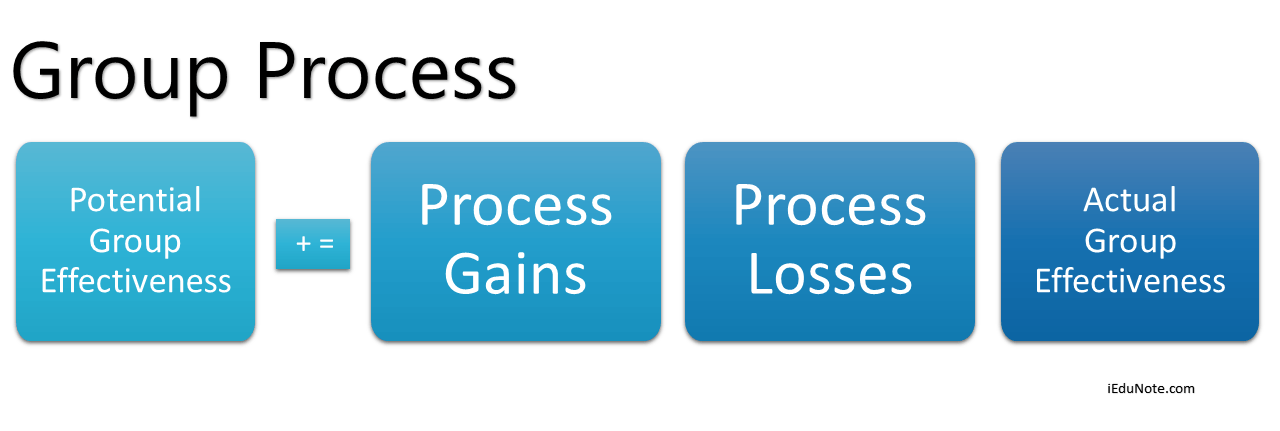Master the research methods of organizational behavior to enhance management of human behavior. Solve workplace challenges with effective strategies.
Research Methodology of Organizational Behavior
Organizational Behavior Research Methodology works to understand and find the solution of difficult workplace problems, and effectively apply OB techniques for the effective management of human behavior in organizations.
The understanding and effective application of organizational behavior depends on a rigorous research methodology.
The search for the truth of why people behave the way they do is a very delicate and complicated process.
In fact, the problems are so great that many scholars, Chiefly from the physical and engineering sciences, argue that there can be no precise science of behavior.
They maintain that humans cannot be treated like chemical or physical elements; they cannot be adequately controlled or manipulated.
For example, the critics state that, under easily controllable conditions, 2 parts hydrogen to 1 part oxygen will always result in water and that no analogous situation exists in human behavior.
Human variables such as motives, learning, perception, values, and even a Hawthorne effect on the part of both subject and investigator confound the controls that are attempted.
For these reasons, behavioral Scientists in general and organizational behavior researchers, in particular, are often on the defensive and must be very careful to comply with accepted methods of science.
Overall Scientific Perspective of Organizational Behavior
Behavioral scientists in general and organizational behavior researchers, in particular, strive to attain the following hallmarks of any science:
- The overall purposes are an understanding/explanation, prediction, and control.
- The definitions are precise and operational.
- The measures are reliable and valid.
- The methods are systematic.
- The results are cumulative.
The figure summarizes the relationship between the practical behavioral problems and unanswered questions facing today’s managers, research methodology, and the existing body of knowledge.
When a question arises, or an issue evolves, the first place to turn for an answer is the current body of knowledge.
It is possible that the question can be answered immediately or the problem solved without going any further.
Unfortunately, the answer is not always found in the body of knowledge and must be discovered through appropriate research methodology.
Although behavioral science in general compared to the physical and biological sciences is relatively young, and the field of organizational behavior is even younger.
Its direct origins go back only to the early 1970s. There is now enough accumulated knowledge that organizational behavior principles can be provided for the effective management of human behavior in organizations.
It is the research technique of metaanalysis “shows what works and the conditions under which management techniques may work better or worse in the real world.
Meta-analysis is based on the simple idea that if one study shows that a management technique doesn’t work and another study shows that it does, an average of those results is probably the best estimate of how well that management practice works (or does not work)”.
Although we believe that there are now enough research studies in some areas of organizational behavior to be quantitatively synthesized through meta-analysis into guiding principles, it is also recognized that many questions and problems in organizational behavior cannot be answered or solved directly by existing knowledge or, as the accompanying OB in Action.
A working knowledge of research methodology becomes especially important to future managers, both as knowledge and critical consumers of the rapidly expanding literature reporting the results of organizational behavior research and as sophisticated practitioners who are capable of applying appropriate research methods to solve difficult problems in the workplace.
Related: 13 Challenges and Opportunities of Organizational Behavior
Starting with Theory
It has often been said that there is nothing as practical as a good theory. The editors of the journal of applied psychology recently declared, “Theory tells us why something occurs, not simply what occurs.”
Yet, students of organizational behavior are usually “turned off’ by all the theories that pervade the field.
The reason for all the theories, of course, is the still relative newness of the field and the complexity and multidimensionality of the variables involved.
The purpose of any theory, including those found in organizational behavior, is to explain and predict the phenomenon in question; theories allow the researcher to deduce logical propositions or hypotheses that can be tested by acceptable research designs.
However, as Don Hambrick point out, theory, by its very nature, is a simplification of reality.
When we develop or test theories, we inevitably exclude an array of factors that might potentially affect the phenomena under examination.
Thus, theories are ever changing on the basis of the empirical results. In other words, theory and research go hand in hand.
After pleading for more and stronger theory in organizational behavior, Sutton and Staw have pointed out that references, data, list of variables or constructs, diagrams, and hypotheses are not theory. Instead, they point out that-
After pleading for more and stronger theory in organizational behavior, Sutton and Staw have pointed out that references, data, list of variables or constructs, diagrams, and hypotheses are not theory. Instead, they point out that-
Theory;
- is the answer to queries of why.
- is about the connections among phenomena, a story about why acts, events, structure, and thoughts occur.
- emphasizes the nature of causal relationships, identifying what comes first as well as the timing of such events.
Strong theory, in our view, delves into the underlying processes to understand the systematic reasons for a particular occurrence or non-occurrence.
Such theorizing is not easy. ‘Theorizing takes scientists on mental journeys between the world of observed events, such as falling apples, and the imagined world of hypothetical concepts presents a challenge.
As Samanta Ghoshal recently noted, “Our theories and ideas have done much to strengthen the management practices that we are all now so loudly condemning.”
There is also the danger that theories can become self-fulfilling without empirical verification.
As recently noted by Ferraro, Pfeffer, and Sutton, ‘Theories can win in the marketplace for ideas, independent of their empirical validity, to the extent their assumptions and language become taken for granted and normatively valued, therefore creating conditions that make them come true”.
However, as Karl Weick, perhaps the most widely recognized theories in organizational behavior, note: a good theory explains, predicts, and delights.
The Use of Research Designs
The research design is at the very heart of scientific methodology; it can be used to answer practical questions or to test theoretical propositions/hypotheses.
The three designs most often used in organizational behavior research today are
- Experiment.
- Case.
- Survey.
All three have played important roles in the development of meaningful knowledge.
The experimental design is borrowed largely from psychology, where it is used extensively; the case and survey designs have traditionally played a bigger role in sociology.
All three designs can be used effectively for researching organizational behavior.
A primary aim of any research design is to establish a cause-and-effect relationship.
The experimental design offers the best possibility of accomplishing this goal. All other factors being equal, most organizational behavior researchers prefer this method of testing hypotheses.
Simply defined, an experiment involves the manipulation of independent variables to measure their effect on, or the change in, dependent variables, while everything else is held constant or controlled. Usually, an experimental group and a control group are formed.
The experimental group receives the input of the independent variables, and the control group does not.
The validity of studies
The value of any research study is dependent on its validity, that is, whether the study really demonstrates what is supposed to demonstrate. In particular, a study must have both internal and external validity in order to make a meaningful contribution to the body of knowledge.
A study has internal validity if there are no plausible alternative explanations of the reported results other than those reported.
There are some threats to internal validity like history, maturation, testing, instrumentation, regression, selection, ambiguity about direction, etc.
Laboratory studies usually control these threats to internal validity better than field studies do.
In general, the threats can be minimized, even in field settings, by protests; control groups; and random assignment. Thus, the threats to internal validity can be overcome with careful design of the study.
This is not always true of external validity, which is concerned with the generalizability of the results obtained.
For a study to have external validity, the results must be applicable to a wide range of people and situations.
Field studies tend to have better external validity than laboratory studies because at least the study takes place in a real setting.
In general, organizational behavior research can be improved by conducting studies longitudinally (over time) and attempting to design studies more from existing theory.
The best strategy is to use a number of different designs to answer the same question.
The weaknesses of the various designs can offset one another, and the problem of common method variance can be overcome.
Normally, the research would start with a laboratory study to isolate and manipulate the variable or variables in question. This would be followed by an attempt to verify the finding in a field setting.
This progression from the laboratory to the field may lead to the soundest conclusions.
However, independent observation in the real setting should probably precede laboratory investigations of organizational behavior problems or questions.

